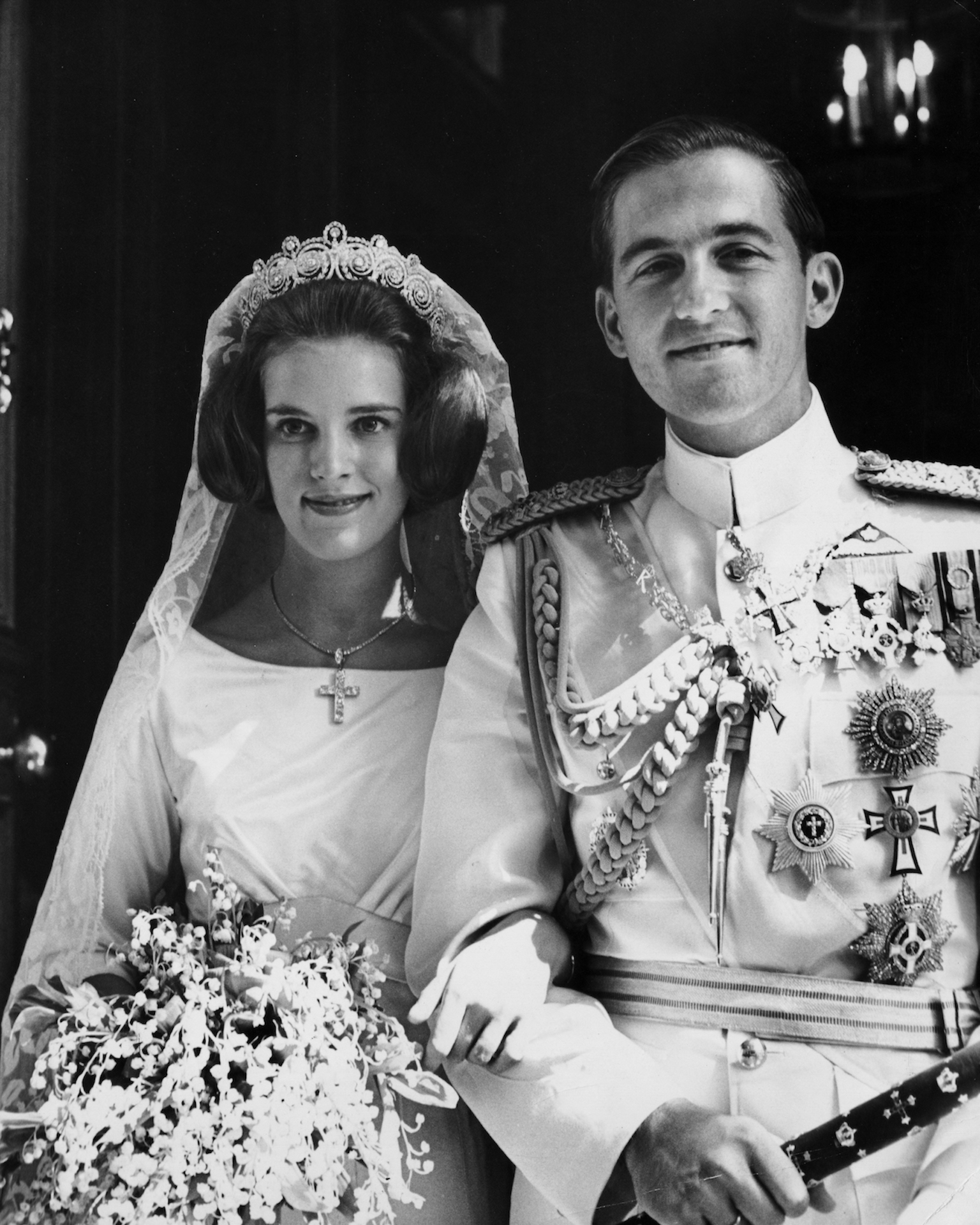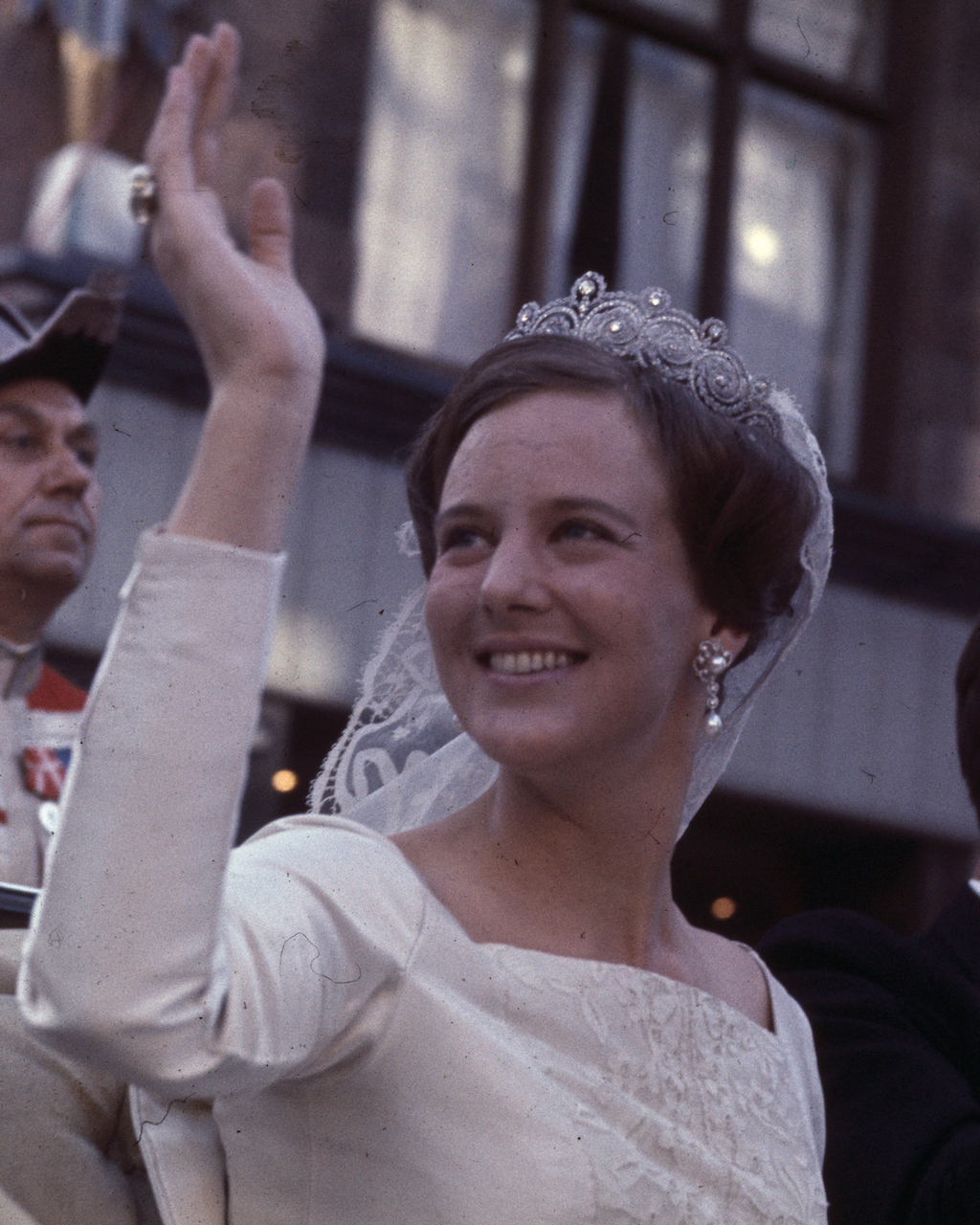Symbol of Love: A Brief History On the Khedive of Egypt Tiara
The Khedive of Egypt tiara has a rich and poignant love story
behind its diamond-encrusted veneer


Diamonds bring out the romantic in me. Some people swoon over the largest stones or the flashiest cuts. For me, what makes a piece of jewellery irresistible is the story behind it. Being a lifelong royal history addict, there are so many pieces whose histories tell the stories of generations of a family, or even of a nation. They often start as tokens of love and go on to survive foreign marriages, untimely deaths, revolutions and abdications. What could be a more powerful symbol of romance than a historic piece of jewellery that’s survived such drama?
For my money, one of the most fascinating and romantic pieces of jewellery ever is the Khedive of Egypt tiara created by Cartier in 1905. Naturally, this tiara has romance at its center. Princess Margaret of Connaught (known in the family as Daisy) was a granddaughter of Queen Victoria and a very eligible Princess. Daisy joined her parents, the Duke and Duchess of Connaught, and her sister, Princess Patricia (Patsy) on a royal tour of Egypt.

THE MOST SENTIMENTAL GIFT DAISY RECEIVED FOR HER WEDDING WAS THE KHEDIVE OF EGYPT TIARA, A DIAMOND SCROLL TIARA GIVEN BY KHEDIVE ABBAS II OF EGYPT, AS A MEMENTO OF THE COUPLE FALLING IN LOVE IN CAIRO.
Royal parents in those days, always kept an eye out for appropriate royal spouses for their marriage-aged daughters. While in Cairo, the family met Prince Gustav Adolf, the future King of Sweden, and he and Daisy promptly fell in love. They were married at Windsor Castle and Daisy received a cavalcade of jewels as wedding gifts including the Connaught Diamond Tiara (made by jeweller E. Wolff & Co.) from her parents and the King Edward VII Ruby tiara from her uncle, the King of England.
While those two tiaras are stunning and still worn by members of the Swedish royal family today, the most sentimental gift Daisy received for her wedding was the Khedive of Egypt tiara, a diamond scroll tiara given by Khedive Abbas II of Egypt, as a memento of the couple falling in love in Cairo.

A Regal Masterpiece: The Khedive of Egypt Tiara’s Intricate Design
The tiara features seven circular scrolls in diamonds set in platinum and topped by floating diamonds surrounded by a laurel wreath pattern. Royal jewel expert Lauren Kiehna of The Court Jeweller website says, “I love the romantic love story behind it, but I like the design, too. The scrolls are so balanced, and the laurel leaf designs are integrated so beautifully. And it looks fantastic with a bridal veil.” The Edwardian era was a more-is-more period with royal magpies like Daisy’s Aunt, Queen Alexandra, covering themselves with jewels from head to waist. Consequently, many jewellers created pieces that could be adapted and worn in multiple ways. The Khedive could have its frame removed and worn as an enormous dress ornament or stomacher.
Daisy and her husband moved to Sweden where they had 5 children including her only daughter, Ingrid. At the age of 38, while pregnant with her sixth child, Daisy died of sepsis. Ingrid, who was only 10 years old when her mother passed away, inherited the Khedive of Egypt tiara and took it with her to Denmark when she married Crown Prince Frederik in 1935. Ingrid didn’t wear the Khedive for her wedding but it’s become the wedding tiara of choice for all Ingrid’s female descendants including her daughters Queen Margrethe of Denmark, Princess Benedikte of Sayn-Wittgenstein-Berleburg and Queen Anne-Marie of Greece. It’s also been worn at their weddings by all Ingrid’s married granddaughters.


The Significance of Royal Bridal Tiaras: Connecting Past and Present
For royalty watchers like me, the tiara a royal bride wears is almost more important than her gown. Who could forget Lady Diana wearing her family’s Spencer tiara at her 1981 wedding to Prince Charles? Diana’s two daughters-in-law, wore tiaras borrowed from HM Queen Elizabeth’s collection: the Cartier Halo Tiara for Catherine and Queen Mary’s diamond bandeau tiara for Meghan. The choice of wedding jewels connects a bride to generations past. Daisy’s descendants are Danish, German and Greek but wearing the Khedive of Egypt tiara is an homage to an adored ancestor, who like Diana, Princess of Wales, was beloved by the public and died tragically young.

When Ingrid died in 2000, the tiara was inherited by her youngest daughter, Queen Anne-Marie of Greece. The Greek royal family has been in exile since a military coup in 1967. The monarchy was abolished in a 1973 referendum, but since they’re closely related to most of Europe’s royal families, the Queen and her family attend formal events where they have opportunities to wear ancestral jewels. Still, royalty watchers hope the Khedive will make its way back to the Danish royal family where it can be worn by the female members of a reigning family who will use the tiara much more.

Having survived over a century of turbulent events the tiara represents triumph and tragedy, family history and political upheaval. Still, for me, what this beautiful piece of Cartier diamonds represents most is the love story at its center, and the princess who first wore it.




